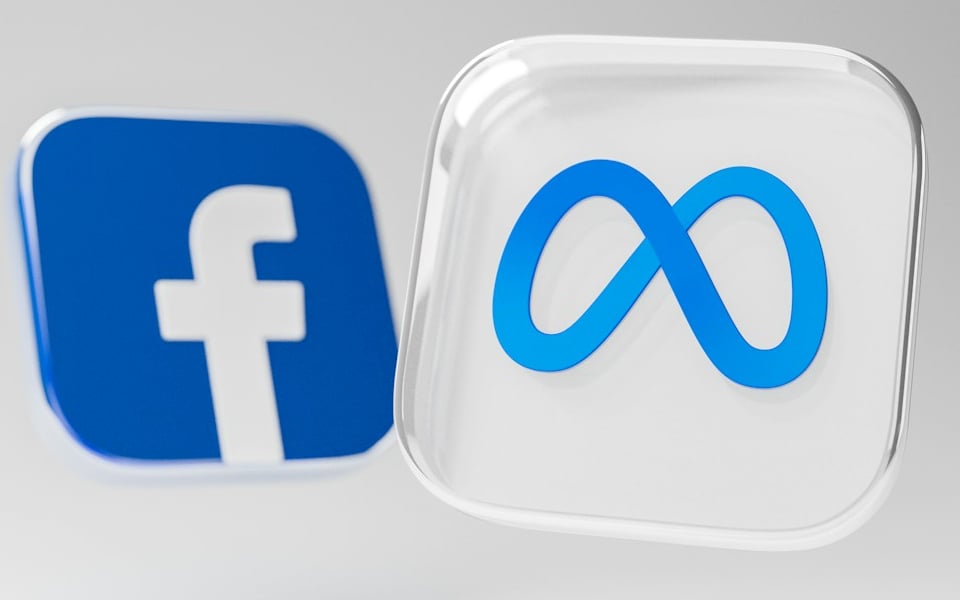A weaker shale industry has had Chevron
While shale was nonexistent in the oil industry but a few years ago, now it plans to make up a significant part of energy portfolios for oil and gas companies, a reflection of the changing ways in which energy companies make profit. For example, in four years shale is expected to make up over a quarter of Chevron's portfolio. Oil and gas companies continue to seek new sources of oil to make up for the increased difficulty in finding oil from traditional sources.
The oil and gas industry is being forced to cut costs in general, owing to longer-term forecasts and predict a lower oil price over a longer horizon. Economic analysts predict that oil prices will stay below $60 a barrel for the near future, meaning projects that would be available to oil companies with a higher barrel price are now impossible. One project in particular that Chevron is running into issues with is the Tengiz project in Kazakhstan. Massive cost overruns have threatened the viability of that project, with Chevron on the hook for roughly $5 billion of those overruns.
Finally, Chevron is trying to keep its costs low is by offering a relatively low dividend compared to its peers. Right now, Chevron has a dividend of roughly 4% a share per year, which trails many others in the oil and gas industry. For instance, BP PLC


















